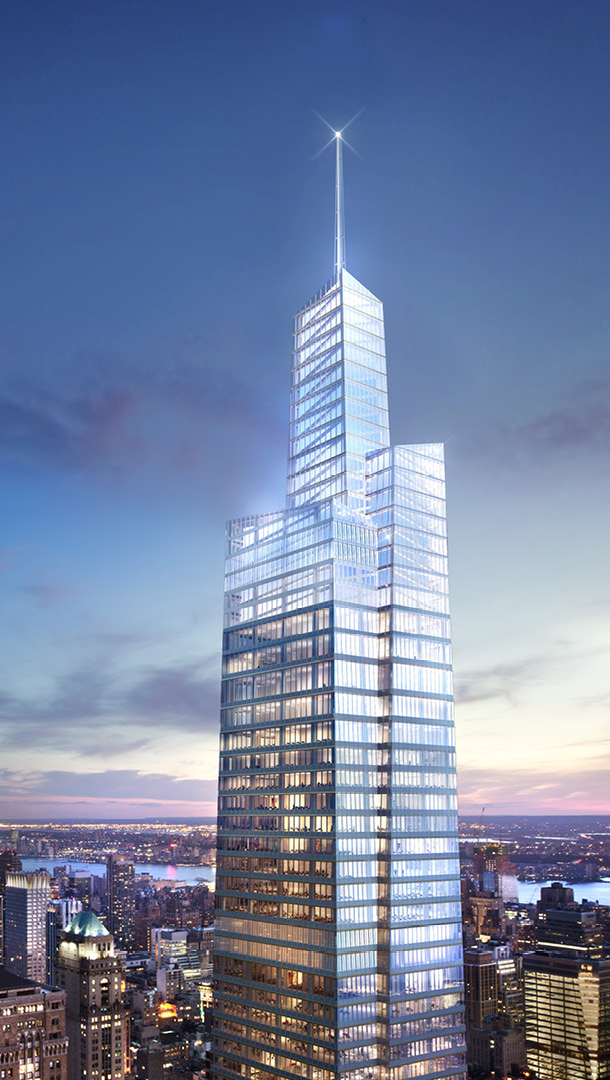
In particular, New Yorkers tend to picture midcentury-style tower-in-the-park public housing projects. 50.įor many New Yorkers, the concept of density conjures up taller buildings, although tall buildings are often low density. “Terrifying” was the term one Silicon Valley resident at a community meeting used to characterize the prospect of a seven- or eight-story apartment building rising near the local train station as a consequence of S.B. America, of course, has a long, sordid history of downzoning to keep poor and racially diverse populations out of more prosperous, predominantly white neighborhoods. Upzoning will give developers “ carte blanche to cut down trees,” wreaking environmental havoc, NIMBYs respond. 50 would also prohibit California towns and cities from downzoning, or lowering density, near job centers and transit infrastructure. But a growing coalition of tenant activist groups, including the Housing Rights Committee in San Francisco, opposes it - saying the legislation doesn’t do nearly enough to prevent landlords from harassing vulnerable renters and predicting its passage would “ exacerbate real estate speculation, which has already played a key role in displacing low- and moderate-income tenants, immigrants, seniors and families across California.” The proposed bill, facing a deadline to pass the State Senate, now includes some targeted protections for existing renters. In California, a similar dynamic has threatened pro-densifying legislation like Senate Bill 50, which aims to encourage transit-oriented midrise development, disallow some low-density single-family zoning and extend the rights of homeowners to build backyard accessory units - “granny flats,” as they’re called. In cities like New York, San Francisco, Chicago and Boston, this new alliance means even initiatives promising some subsidized housing have become lines in the sand. Well-to-do NIMBYs, congenitally opposed to new developments, have lately been joined by anti-displacement tenant activists - advocates for poor and working-class residents who might ordinarily want more housing but have come to fear that nearly all development brings gentrification that prices the most vulnerable out of neighborhoods. Housing shortages exacerbate home prices and homelessness and cause all sorts of other ripple effects on commute times, economic productivity, health and family life.īut opposition to density has only stiffened as the gulf widens between the 1 percent and everyone else. According to a much-cited report by the McKinsey Global Institute, California is 3.5 million houses short. To address the country’s monumental housing crisis and also become less automobile- and carbon-dependent, America needs to densify its job-rich metro areas so that more people can afford to live there and walk, bike and take public transit to get to work and back. Such associations make the mere mention of the term a Molotov cocktail that opponents of housing initiatives can lob at community board meetings.

However you calculate it, the word “density” sounds a lot like a synonym for overcrowding and congestion, for too-tall buildings and greedy real estate developers, unwanted neighbors and lost parking spaces. “Housing Density” measures the average number of residents in a project like Tudor City divided by the project’s footprint, and also considers how much area the buildings occupy on the site. There is no universally accepted methodology for calculating density. In an urban context it is simply a measure for quantifying people or buildings or housing units in a given space. What does the number mean? The answer gets to the heart of some of the biggest problems facing American cities today.ĭensity is a concept that may dredge up memories of middle-school science class. I gather from “ Housing Density,” a timely and thought-provoking show now at the Skyscraper Museum in New York, that the density of Tudor City is 463 people per acre.

A century later, it remains a throwback to the early glamour days of skyscraper living: a dozen brick towers fancifully decorated with half-timbered lobbies, stone crests and other mock-Tudor details.


French as a high-rise community for thousands of middle-class residents. Poised on a cliff above First Avenue, Tudor City was conceived during the 1920s by the storied developer Fred F.


 0 kommentar(er)
0 kommentar(er)
